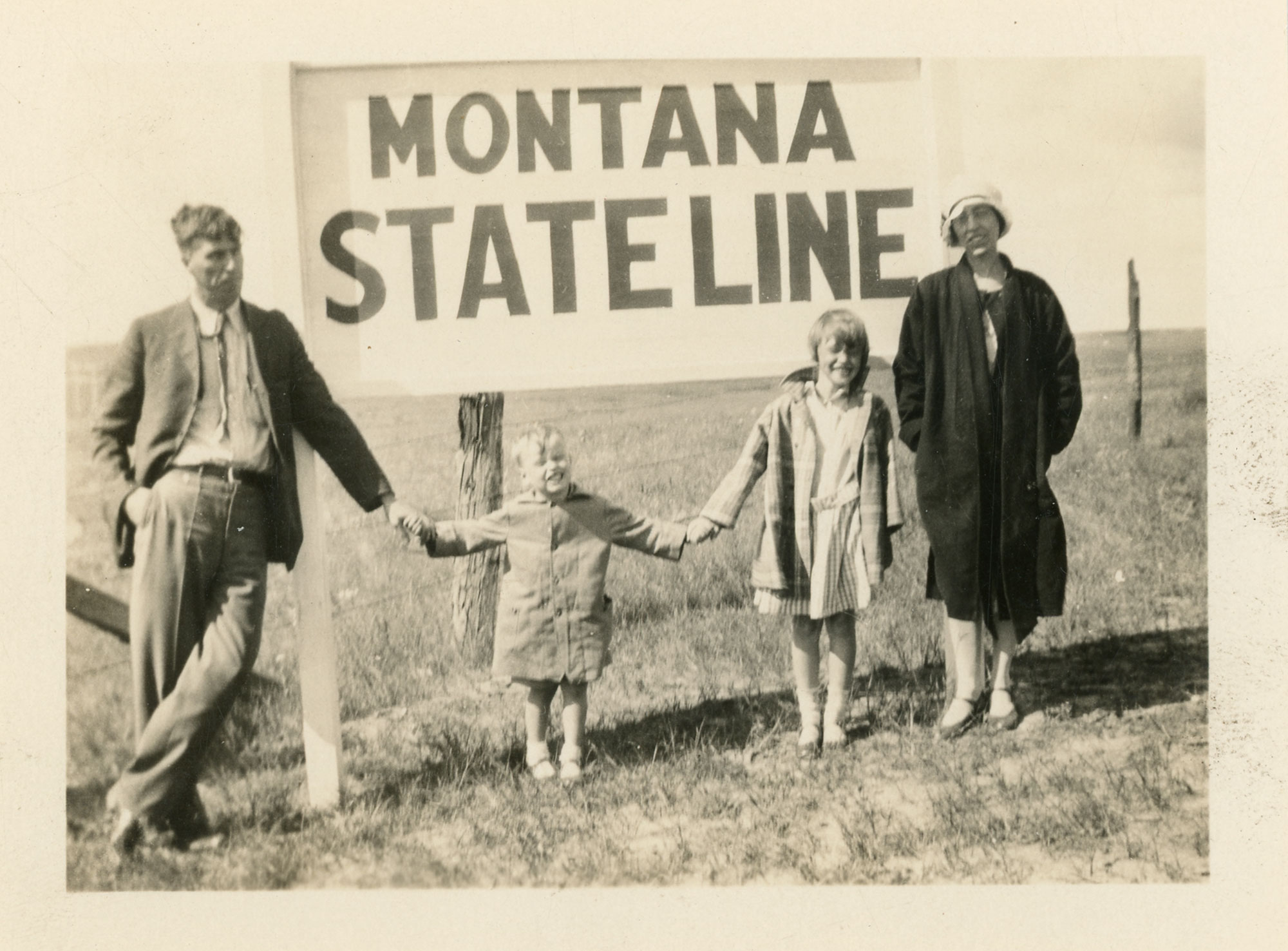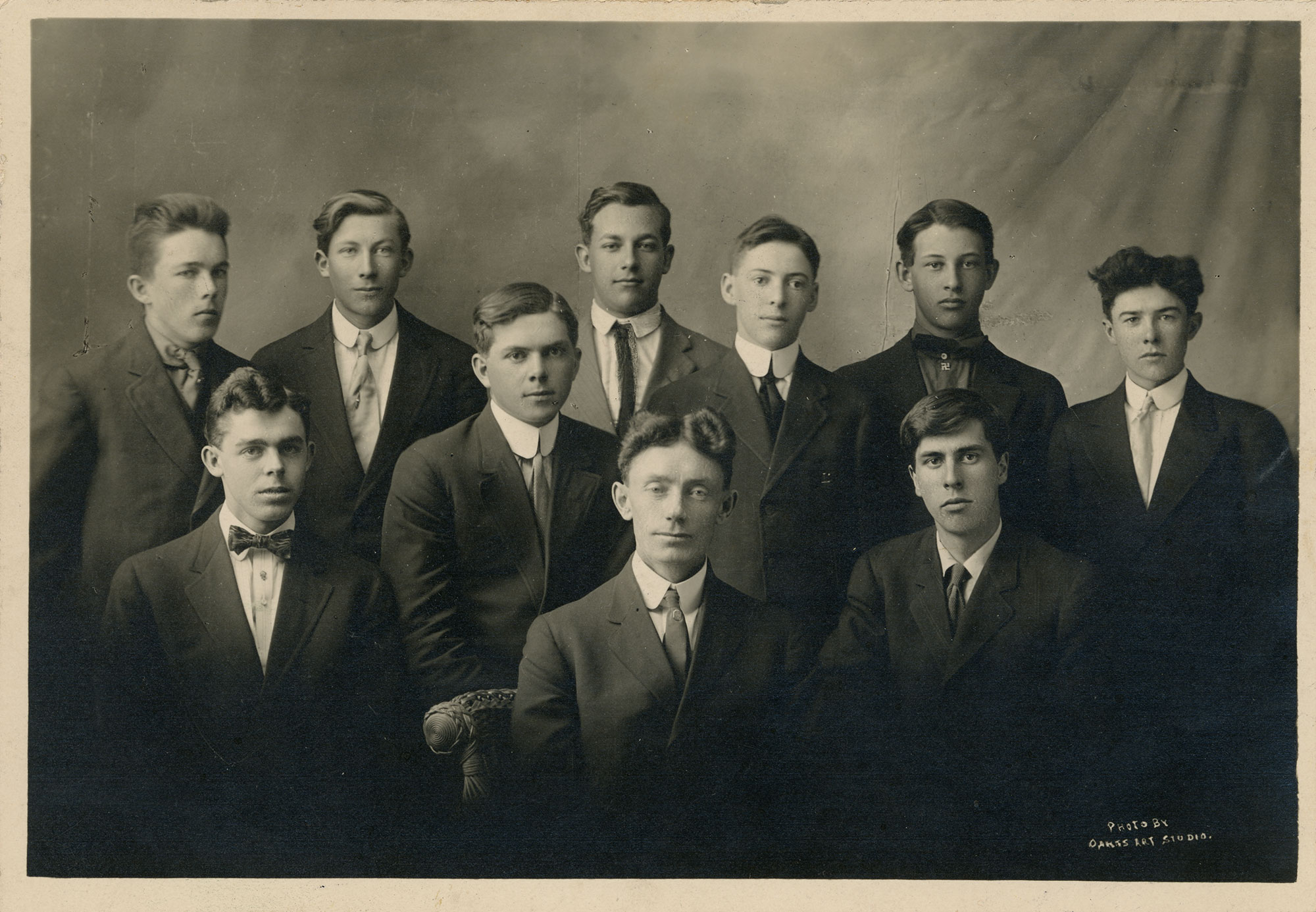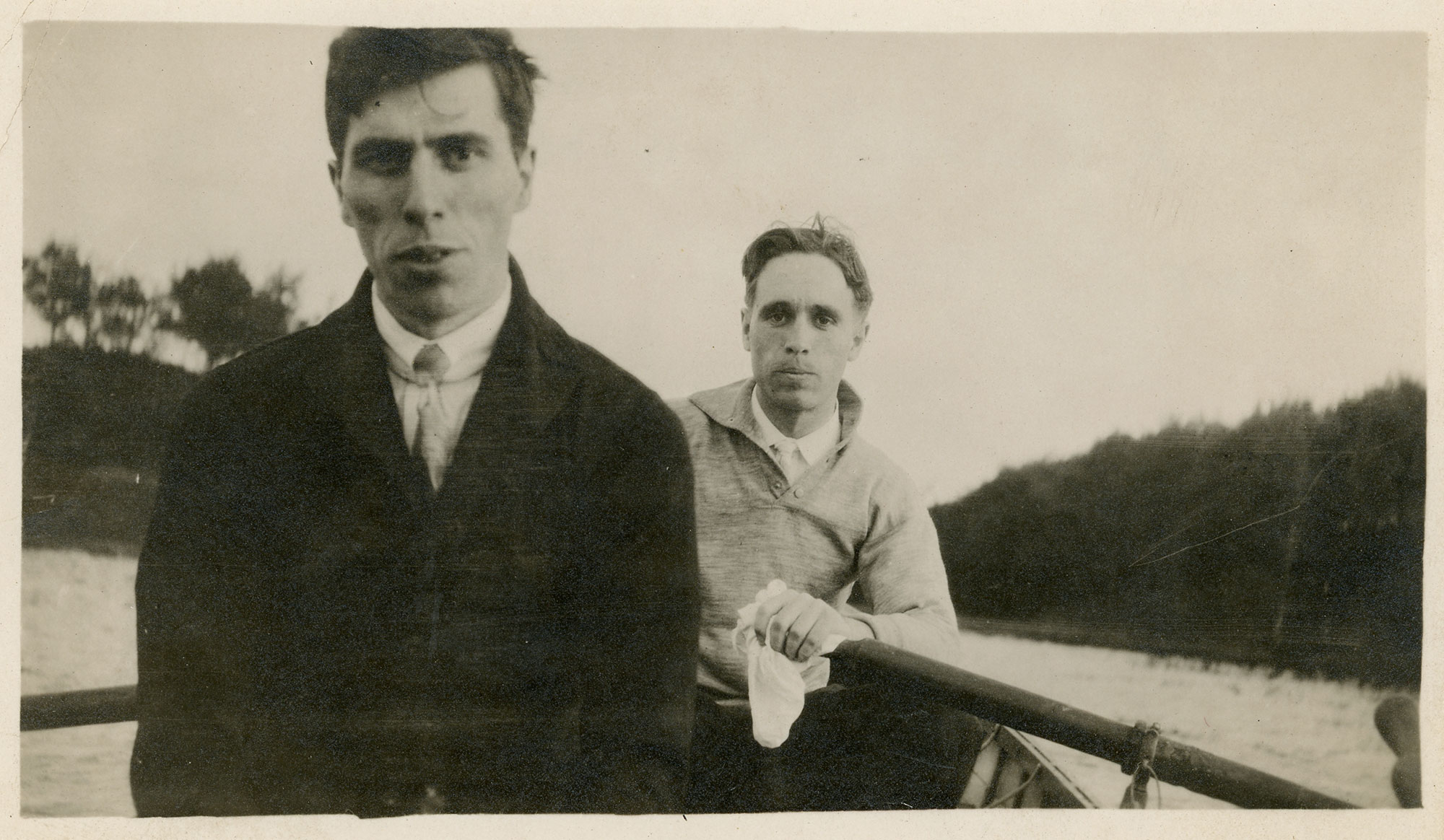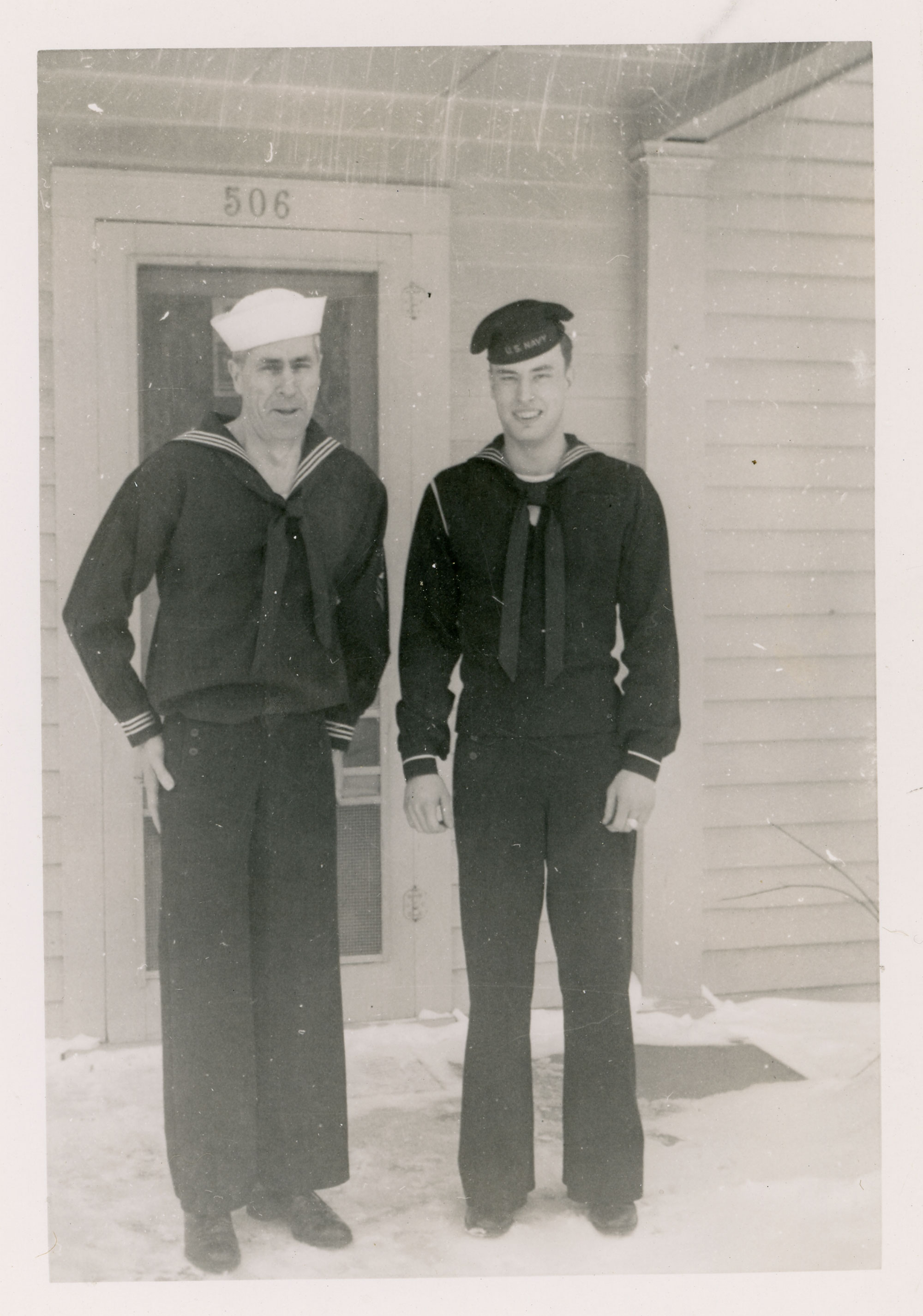What a Little Guy! Small Things in the Museum Collections
If you’re me, sometimes you see an artifact and exclaim, “Look at this little guy!” I do not have a true definition for a little guy, but I do get a feeling—a charm, a delight, a sense of whimsy—whenever I come across one. Smallness is often a factor but not required. And in line with the Midwestern use of “guy,” being a little guy knows no gender. It’s just a little guy. You know them when you see them.
For your viewing pleasure, I have selected some of my favorite little guys preserved in the state’s museum collections and photographed them alongside a dime for scale.
1. Little but loud!
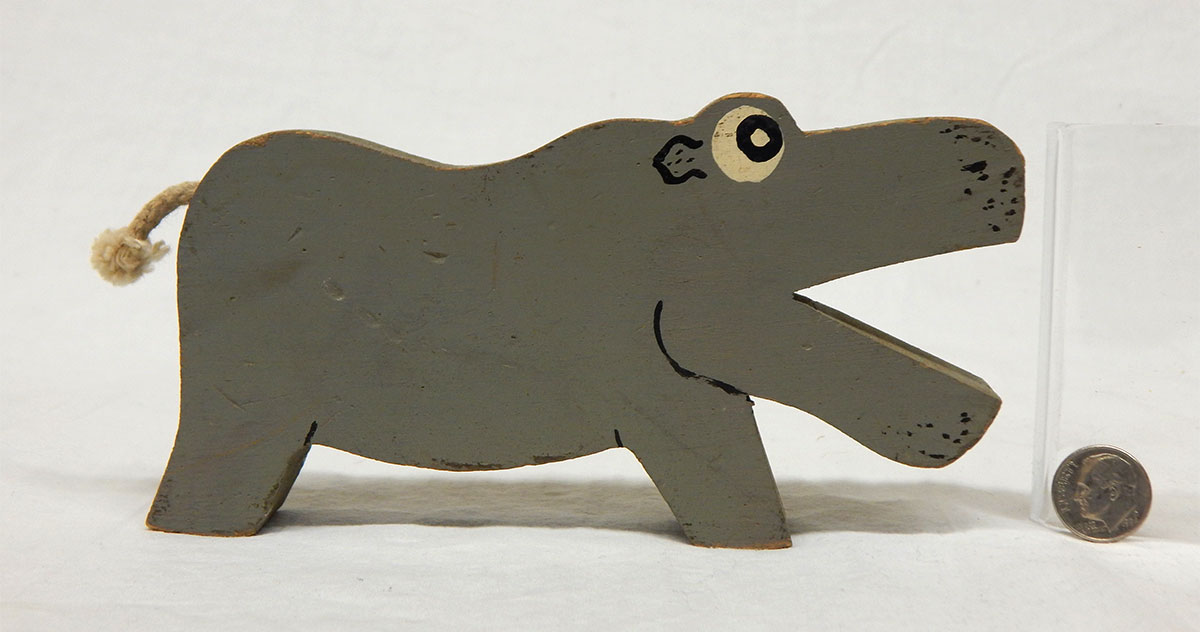
Male hippo. SHSND 1989.74.231 G
He’s just yelling. All he does is yell, and I love him. This hippo is one of a pair that belongs to a Noah’s Ark toy set. The set was made for and played with by children at the North Dakota School for the Deaf in Devils Lake sometime prior to 1969. Older students at the school crafted the set in their woodworking class. I like to imagine a student painting the eyes on this hippo to convey as much maniacal fervor as possible.

Our hippo with his more composed female partner. SHSND 1989.74.231 G
2. Get a load of these little guys!
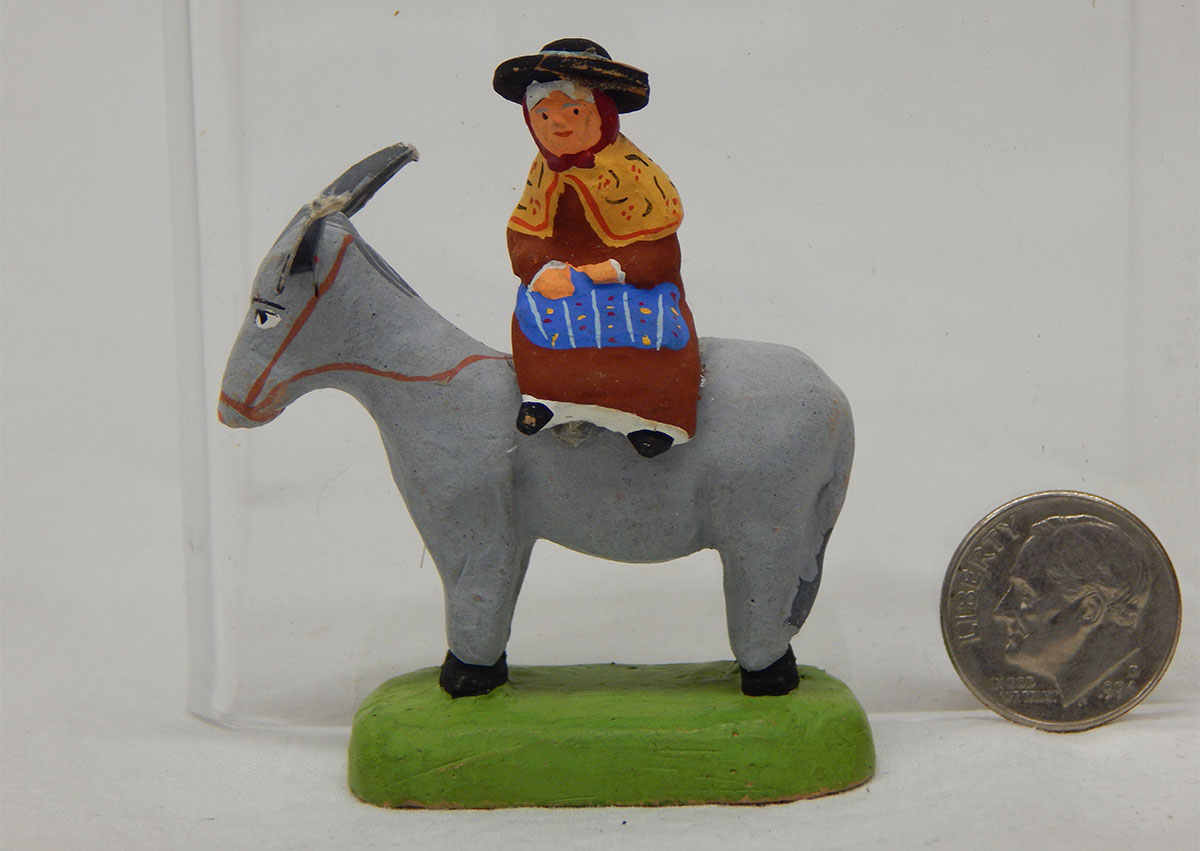
Old lady on a donkey. SHSND 1990.25.101
The littlest guy on this list is in fact two little guys. Among a collection of very small santon terra-cotta figurines is an elderly lady riding a donkey. These santons, or “little saints,” were gifted to North Dakota as part of the French Gratitude Train. In 1948, French citizens filled train cars with a variety of items as an expression of gratitude for the food and clothing Americans sent them after World War II.
3. Whose little guy is this?

Purple guy. SHSND 2021.34.9
This little guy was made by donor Lauren Ritterbush of Bismarck when she was a teenager in the late 1970s. She made many similar stuffed creatures for her friends at this time.
What even is it? I do not know. But what I do know is that this guy is friend-shaped and brings me so much joy whenever I look at it. The blissful face, the little round ears—this guy is just here to hang out and have a nice time.
4. The best little guy in the West!
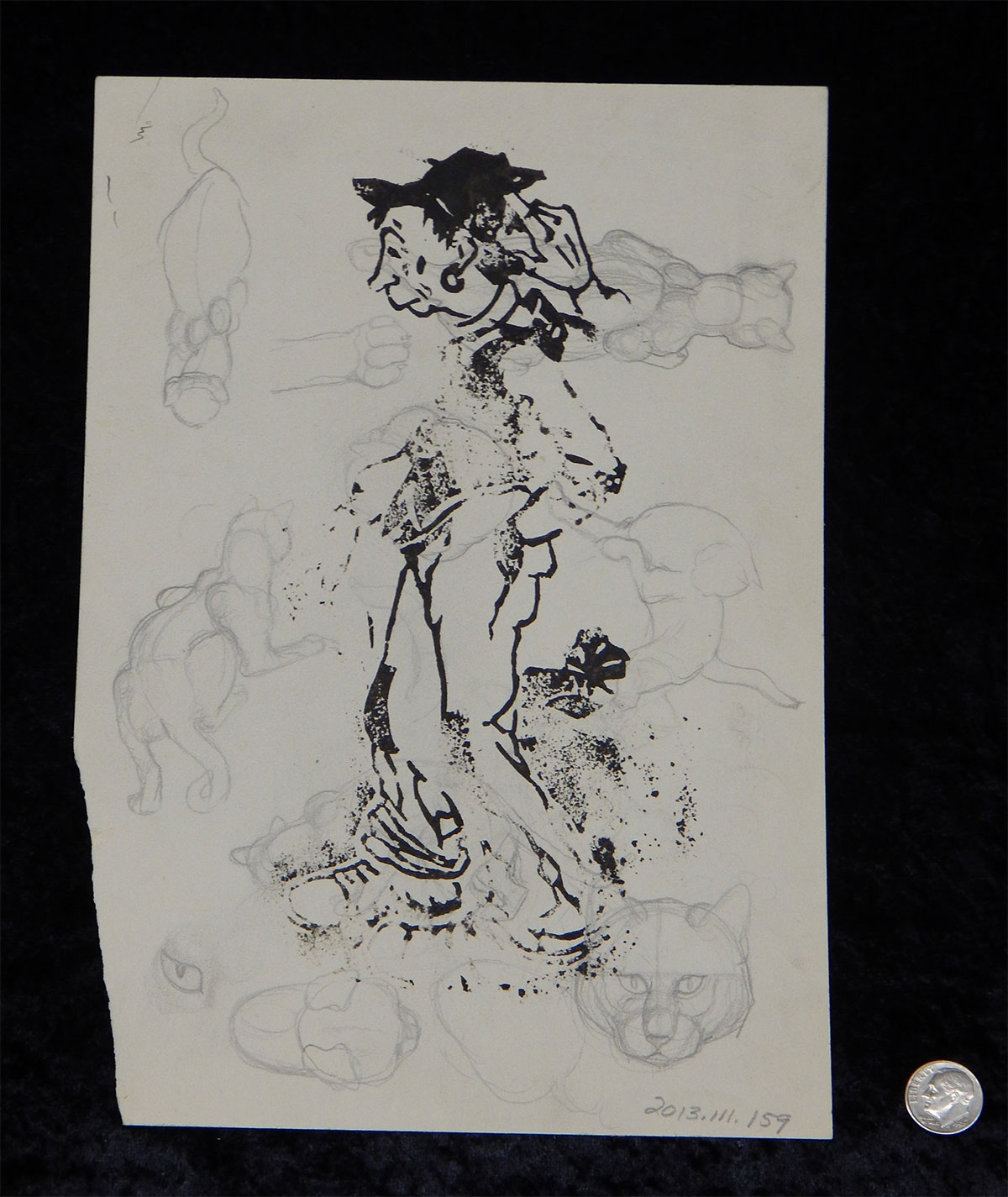
Slouching man block print. SHSND 2013.111.159
North Dakota artist Clell Gannon created this block print of a slouching man with a relatable “what am I even doing” energy sometime between 1920 and 1940. The sketches behind the print make it appear as if he’s walking through a cloud of spectral cats. According to a note on the backside, this fellow is named Holling A. Planey, possibly a character in one of Gannon’s comics.
5. The Little Guy
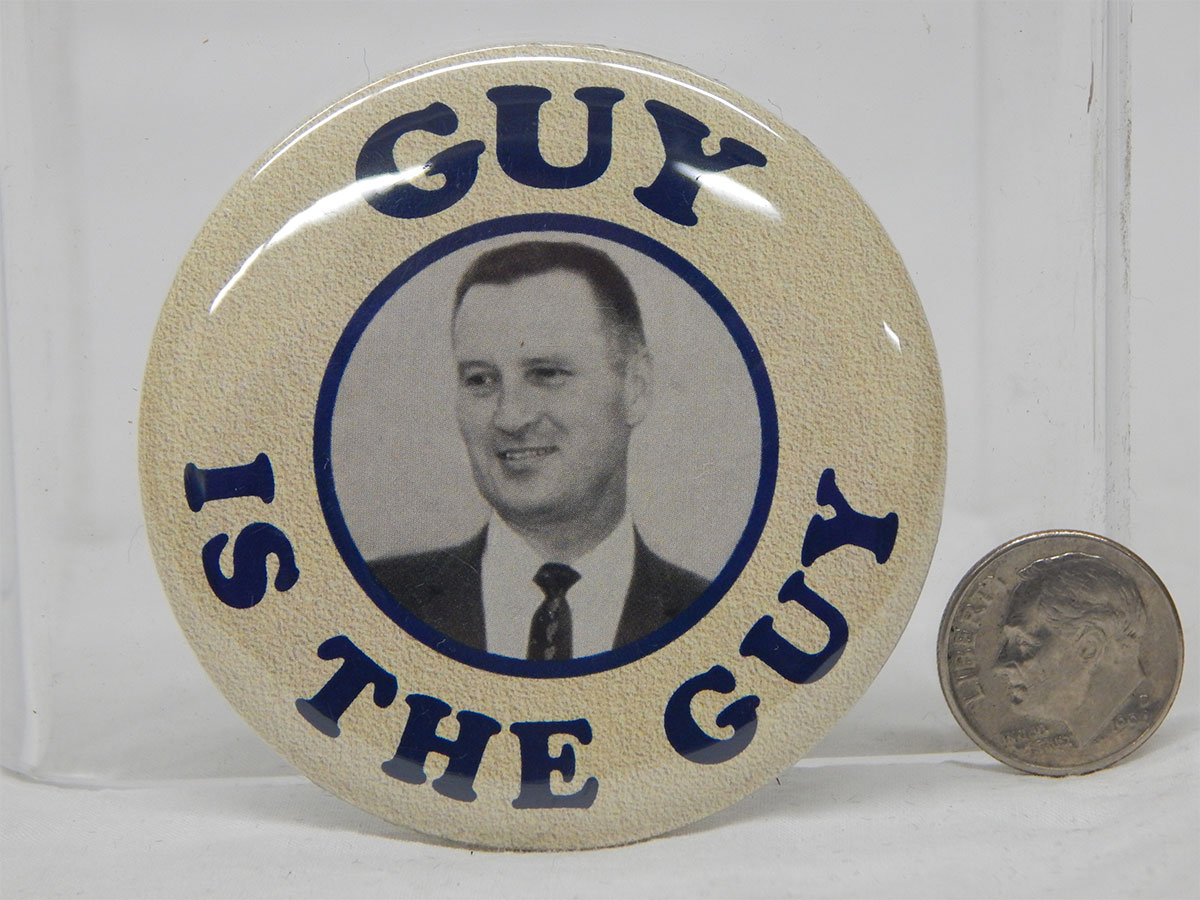
Former North Dakota Gov. Bill Guy. SHSND 2010.80.1
May I present a promotional button with a little depiction of North Dakota Gov. William Guy. Guy was born in Devils Lake and served as governor from 1961 to 1973. These buttons were given out as promotional items during the 2010 premiere of the documentary “The Charisma of Competence: The Achievement of William L. Guy.” Among the many, many buttons in our collections, this one is the only one I would call … a little Guy.
Want to see more little guys? Check out my colleague Lori Nohner’s post about things in the collection shaped like dogs! After all, what are dogs, really, but little guys.


